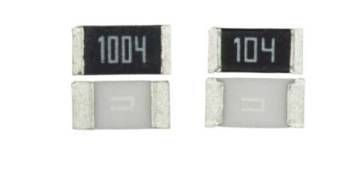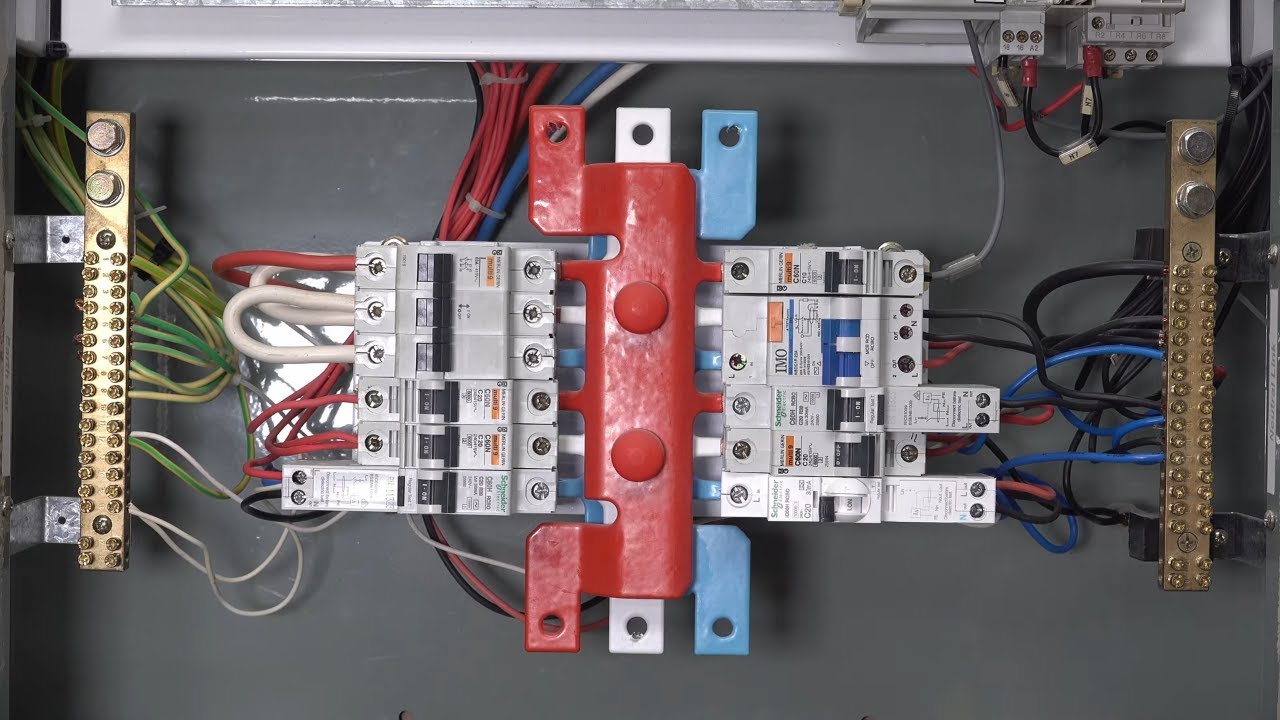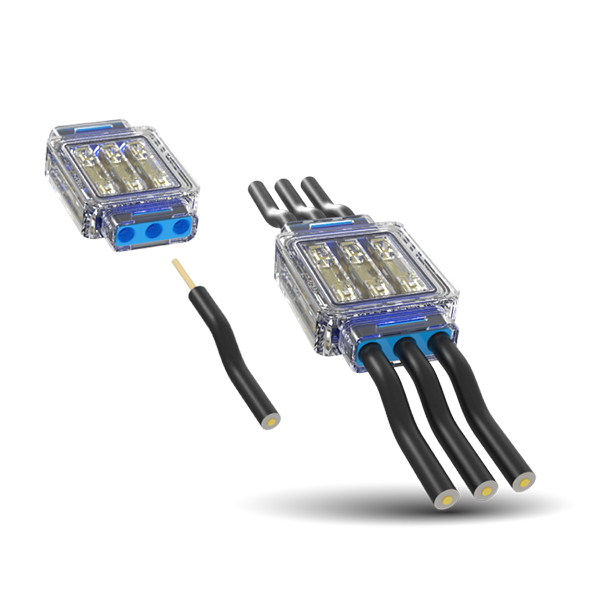
As the world moves toward a more sustainable future, battery energy storage systems (BESSes) play a crucial role in energy efficiency and ensuring a reliable power supply. By balancing supply and demand and storing excess energy from renewable sources such as solar and wind, a BESS helps address the challenges of intermittent energy generation.
What are battery energy storage systems?
The core of any BESS is its batteries, which store energy and release it later for future use. Captured by solar, wind, or power stations, this electrical energy converts to chemical energy during the battery charging process. These batteries come in many different chemistries, including lithium-ion and lead-acid, each offering varying levels of efficiency, lifespan, and safety.
Through a battery management system, a BESS is closely monitored to optimize performance and prevent issues such as overcharging and overheating. In addition, a BESS utilizes an energy management system to govern the charging, discharging, and interaction of the BESS with the grid. This system allows the BESS to make real-time decisions to optimize energy use and lower costs.

Figure 1: Battery energy storage systems encompass a range of components, including battery packs, battery management systems, power conversion systems, and safety features such as temperature control, HVAC, and fire control, and can be used in a variety of applications, ranging from the electrical grid to renewable energy integration. (Source: Integra Sources)
Why BESSes are essential for a sustainable future
Every year, BESSes supply power to thousands of homes, businesses, plants, and communities worldwide. They vary in scale and storage capacity. For example, with 13.5 kWh of usable capacity, the Tesla Powerwall is a compact device that can serve as a source of uninterrupted power for a single household. On the other end of the spectrum, the Vistra Moss Landing Energy Storage Facility—the world’s largest BESS—can provide energy to 300,000 homes.
A BESS can efficiently utilize solar and wind power in all weather conditions. Rechargeable batteries can store excess energy generated by these intermittent renewables. Later, this energy can be consumed based on the users’ needs.
When integrated with battery storage solutions, renewable energy sources can replace fossil fuels, offering cheap and clean energy to a diversity of applications. Renewable integration is widely adopted in:
- Solar and wind farms
- Off-grid and isolated communities (islands and hard-to-reach areas)
- Home energy storage devices
- In conjunction with solar panels (such as Powerwall)
Apart from off-grid systems, a BESS can significantly support on-grid and hybrid solutions for residential, commercial, and industrial use, making its impact on energy consumption incredibly dynamic.

Figure 2: Battery energy storage systems can efficiently store excess energy generated by renewable energy sources including solar and wind power. (Source: Integra Sources)
The relationship between energy demand and cost
There is a positive correlation between the demand for electricity and its cost. The energy price increases during peak demand periods and decreases when the demand drops. By charging the battery at off-peak times, consumers can buy cheap energy and store it in their BESS. Then, they can wait until the electricity price rises and discharge the battery to either use low-cost energy or sell it to the grid. Thus, households and businesses can effectively manage energy resources, cutting down on their costs.
Peak shaving is one of the most popular BESS use cases in load management. Additionally, consumers can reduce their expenses just like with energy arbitrage. A battery storage solution can help avoid peak demands on an electricity grid, preventing blackouts and other emergencies. By discharging stored energy, a BESS eases the load on the grid and supplies power without interruption.
Energy blackouts and the importance of power backups
A BESS can help power stations and electricity grids restore quickly after power outages. Instead of using a diesel generator, consumers can use a cheaper and greener battery storage system. A BESS can work independently of the grid’s transmission line and supply energy for the time required—from minutes to hours.
Providing energy to homes, businesses, and other facilities, a BESS can ensure their continuous operation during energy blackouts. This is of vital importance for healthcare institutions and other organizations that deliver services connected with people’s health and safety. Depending on the storage capacity, a BESS can supply backup power as long as it takes, even in the case of a severe grid failure.
Real-world applications
A BESS relies on affordable technologies. For example, the price of lithium-ion batteries has fallen by nearly 90% over the past 10 years, and it is expected to drop further. Battery storage solutions have a broad range of configurations, including storage capacity and size, so they can fit many industries and applications.
These applications can be divided into front-of-the-meter (FTM) or utility-scale systems (the energy consumed is measured by an electric meter) and behind-the-meter (BTM) or on-site solutions (the energy consumed cannot be connected to a grid and thus measured by an electric meter). FTM BESS applications include:
- Utility grids
- Substations
- Transmission and distribution lines
- Power stations
BTM systems can supply power to consumers, bypassing an electricity grid. Along with green energy sources, a BESS can ceaselessly support standalone power systems or microgrids.
Manufacturers can use battery storage for power backup to avoid downtime at production facilities. By using a BESS, companies and families can significantly reduce electricity tariffs with energy time-shifting. BTM battery energy storage systems can be found in:
- Industrial and manufacturing facilities
- Businesses
- Households
- Electric vehicles
- Marine systems
As BESSes continue to transform energy management, access to high-quality electronic components is essential for building efficient, reliable, and scalable solutions. DigiKey supports this shift by providing engineers and manufacturers with cutting-edge battery management systems, power electronics, and energy-efficient components.

Figure 3: Battery energy storage systems can be used in a variety of applications due to their broad range of configurations, including storage capacity and size. (Source: Integra Sources)
The role of BESSes in a resilient energy future
Without a doubt, buying a ready-made BESS saves time and sometimes money. If there are no special requirements for the system, an out-of-the-box solution can be chosen from plenty of energy storage products available on the market. That said, some reasons could hold a consumer back from the purchase. For example:
- Specific customer requirements, including business-niche demands and operating conditions
- Lack of desired features or needless features that add to the system’s cost
- System incompleteness and lack of supporting equipment
- Low-quality software
- Absence of warranty and post-warranty maintenance
Building a BESS can be a tedious process that takes time, money, and expertise. But this gives an opportunity to create a highly customized solution that fully meets all of an end user’s requirements.
As the demand for sustainable and reliable energy solutions grows, BESSes will continue to shape the future of energy management. Their ability to integrate renewable energy, optimize power consumption, and provide critical backup during outages makes them a cornerstone of modern energy infrastructure. Whether through off-the-shelf solutions or custom-built systems, BESSes empower businesses, communities, and individuals to take control of their energy use, reduce costs, and contribute to a cleaner, more resilient power grid.
About the author
 Rich Miron, senior technical content developer at DigiKey, has been in the technical content group since 2007 with primary responsibility for writing and editing articles, blogs, and product training modules. Prior to DigiKey, he tested and qualified instrumentation and control systems for nuclear submarines. Rich holds a degree in electrical and electronics engineering from North Dakota State University in Fargo.
Rich Miron, senior technical content developer at DigiKey, has been in the technical content group since 2007 with primary responsibility for writing and editing articles, blogs, and product training modules. Prior to DigiKey, he tested and qualified instrumentation and control systems for nuclear submarines. Rich holds a degree in electrical and electronics engineering from North Dakota State University in Fargo.
The post Battery energy storage systems transform energy management appeared first on Electronic Products.




